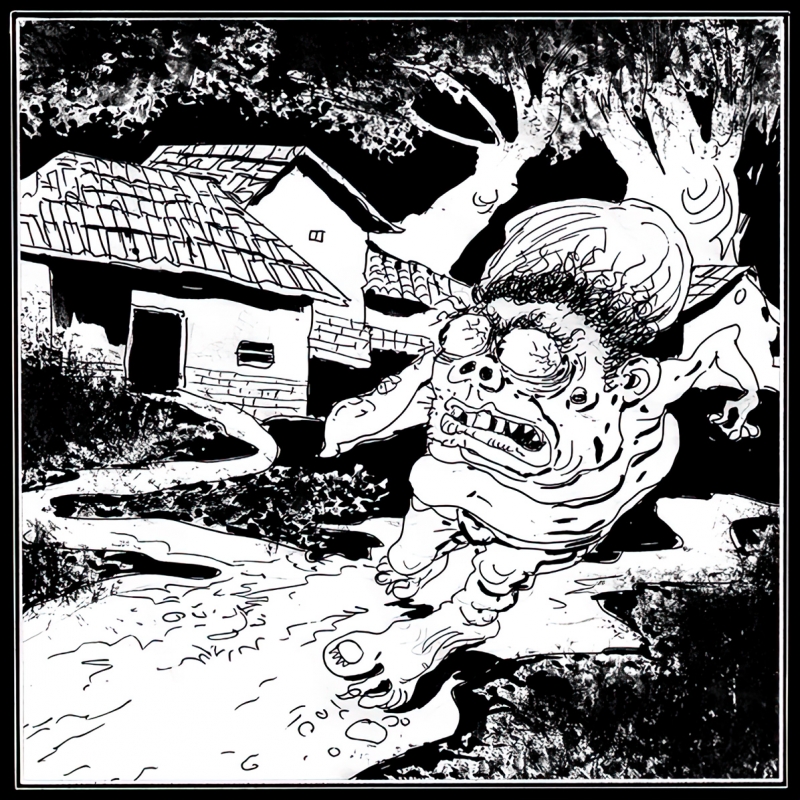Не замечаешь ничего странного, Странник? Нет? Странно...
Bestiary.us
энциклопедия вымышленных существБыстрый переход
- Сверхъестественное Бестиарий сериала "Сверхъестественное" ("Supernatural" series)
- Бестиарий «Волчонка» Материалы портала посвящены мифологии сериала "Волчонок" (Teen Wolf), различным легендам и поверьям о вервольфах и других существах, встречаемых в сериале.
- Средневековые бестиарии Бестиарии практически составляли особый жанр в средневековой литературе, совмещавший в себе черты естественнонаучного сочинения, теологического трактата и художественных произведений, и рассказывающий нам о представлениях средневековой Европы о животных и чудовищных племенах.
